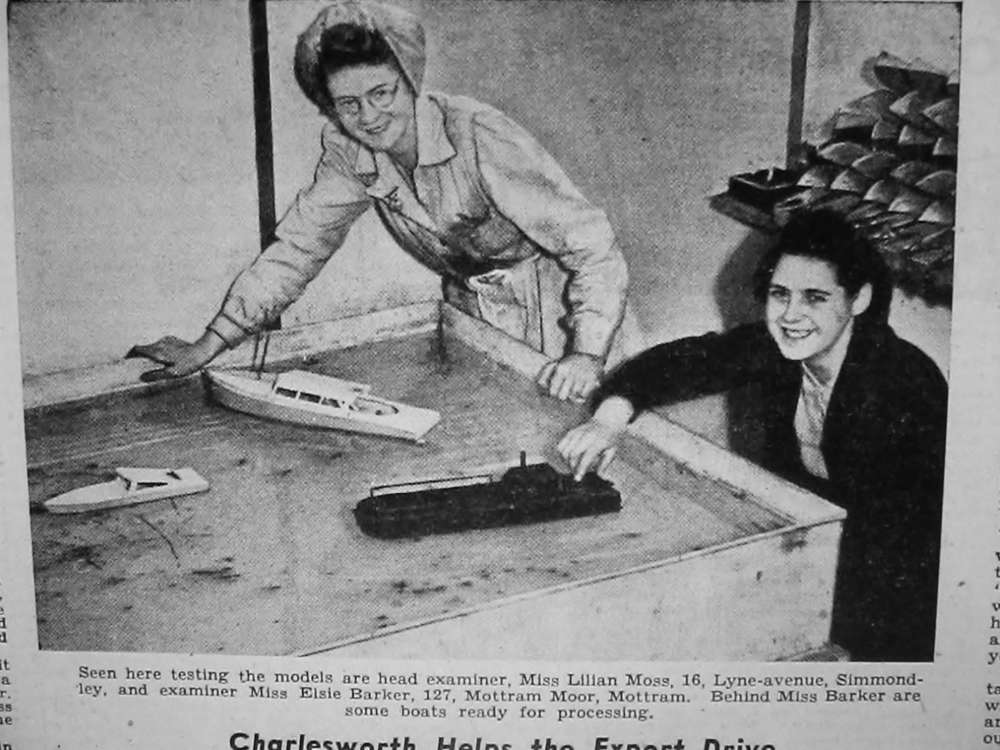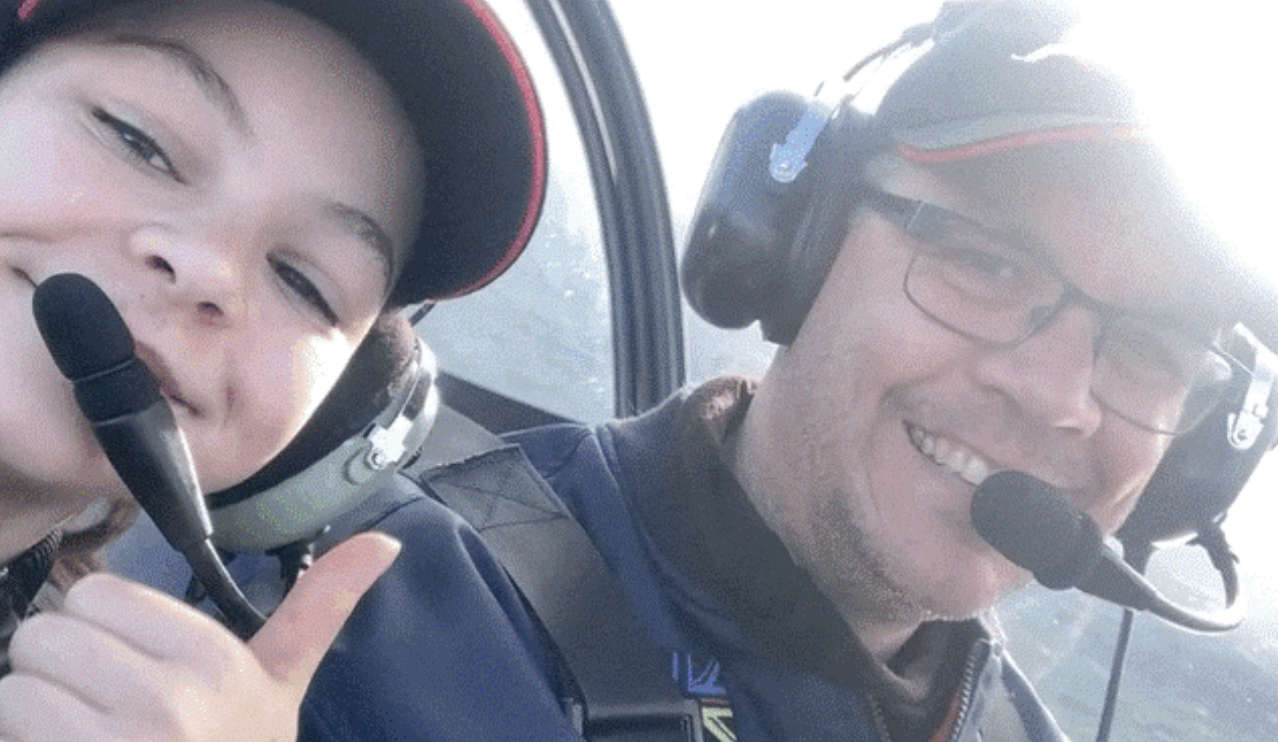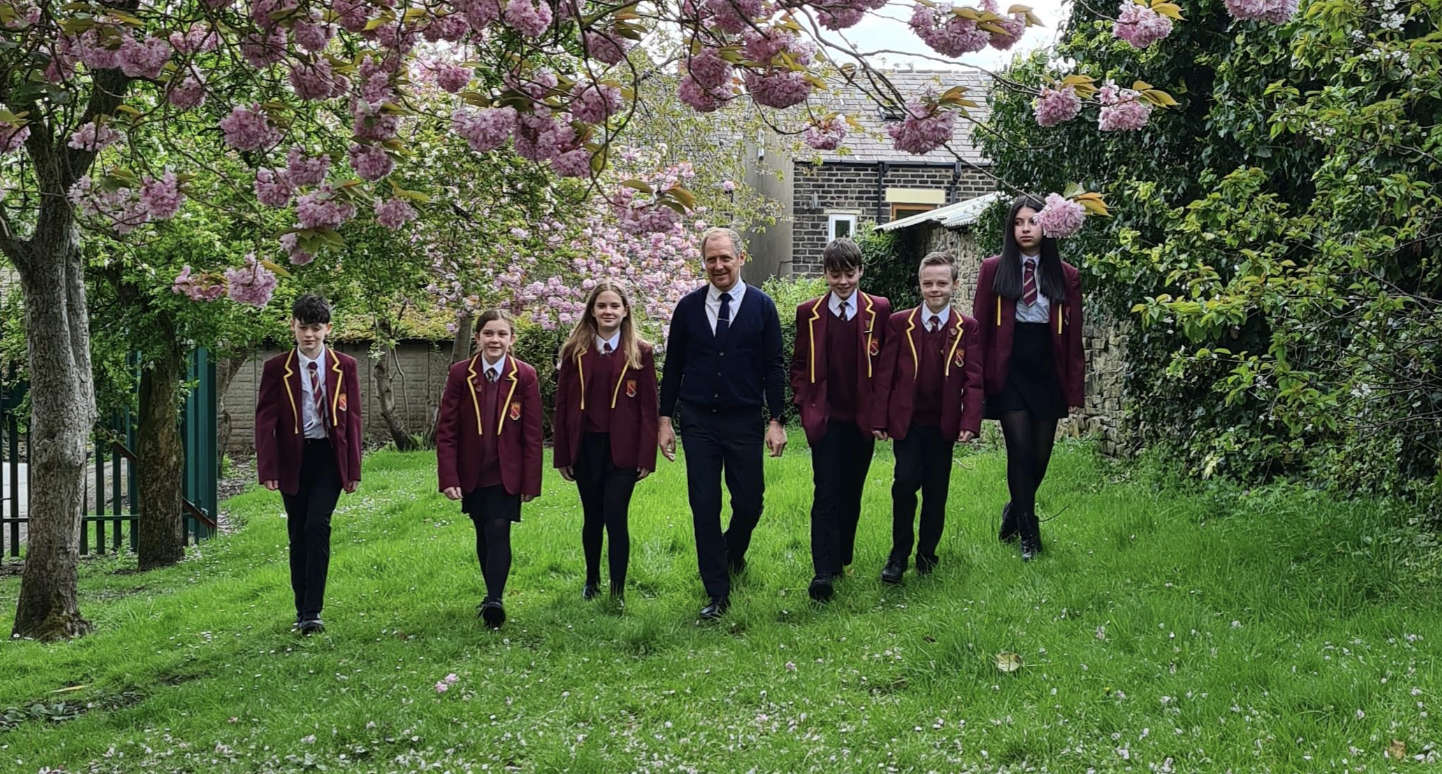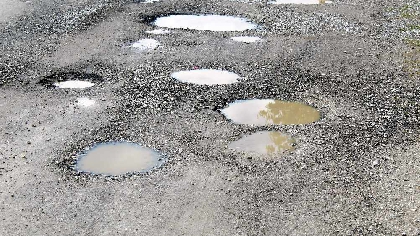
Jet propelled boats were being exported around the world from a factory in Charlesworth as fast as workers could make them.
In fact, the ships, created from Second World War rockets, were taking off so fast that staff at Jetcraft Ltd, Lee Vale Mills, could not keep up with the demand.
Production manager Mr WR Bryden told the Chronicle in September 1946: “The sky’s the limit.
“Since opening in January we have made 16,000 boats for the home market and 2,000 to 3,000 for abroad.
“They are selling in the United States of America, South Africa, South America and Ceylon.”
You have probably guessed by now that the boats were toys. But they were big business and, at a time when foreign currency was vital to Britain, were helping our export drive.
Mr Bryden went on: “We are receiving every encouragement from the Board or Trade for our export trade and our production for the home market is restricted to a certain quota and we cannot produce any toys for British children until January next year (1947).”
There were three brands of boat in the Charlesworth fleet: the blue and cream motor boat called Derwent, which was being sold in the UK; plus - and for export only - the Ladybower cruiser and the Henrietta barge.
They all worked on the jet-propulsion system, a blue flame from a methylated spirit container underneath a power unit, driving the boats at a steady speed over a course that could be altered by a rudder.
The Derwent retailed at 18 shillings and four pence (just less than 90p) the others were said to be more expensive.
We have to admit that the boats made by the 30 workers from no longer needed rocket containers and cardboard were not the quickest.
The Derwent was the fastest, capable of travelling three miles in three-quarters of an hour without refuelling.
The other two were fitted to travel around 10 miles in two and a half hours.
Considering that most were destined for kitchen sinks, baths and park ponds, it was adequate.
The kids loved them and, just as important, they were bringing badly needed dollars and other currency into Britain.
Read more from the Glossop Chronicle
Click here for more of the latest news
Click here to read the latest edition of the paper online
Click here to find out where you can pick up a copy of the paper


 Charity match raises £5,000 for Reuben's Retreat
Charity match raises £5,000 for Reuben's Retreat
 Glossop dad and daughter duo take to the sky to raise money for local dance school
Glossop dad and daughter duo take to the sky to raise money for local dance school
 New headteacher appointed at St Philip Howard Catholic Voluntary Academy
New headteacher appointed at St Philip Howard Catholic Voluntary Academy
 How to avoid potholes and what to do if you hit one, according to experts
How to avoid potholes and what to do if you hit one, according to experts

